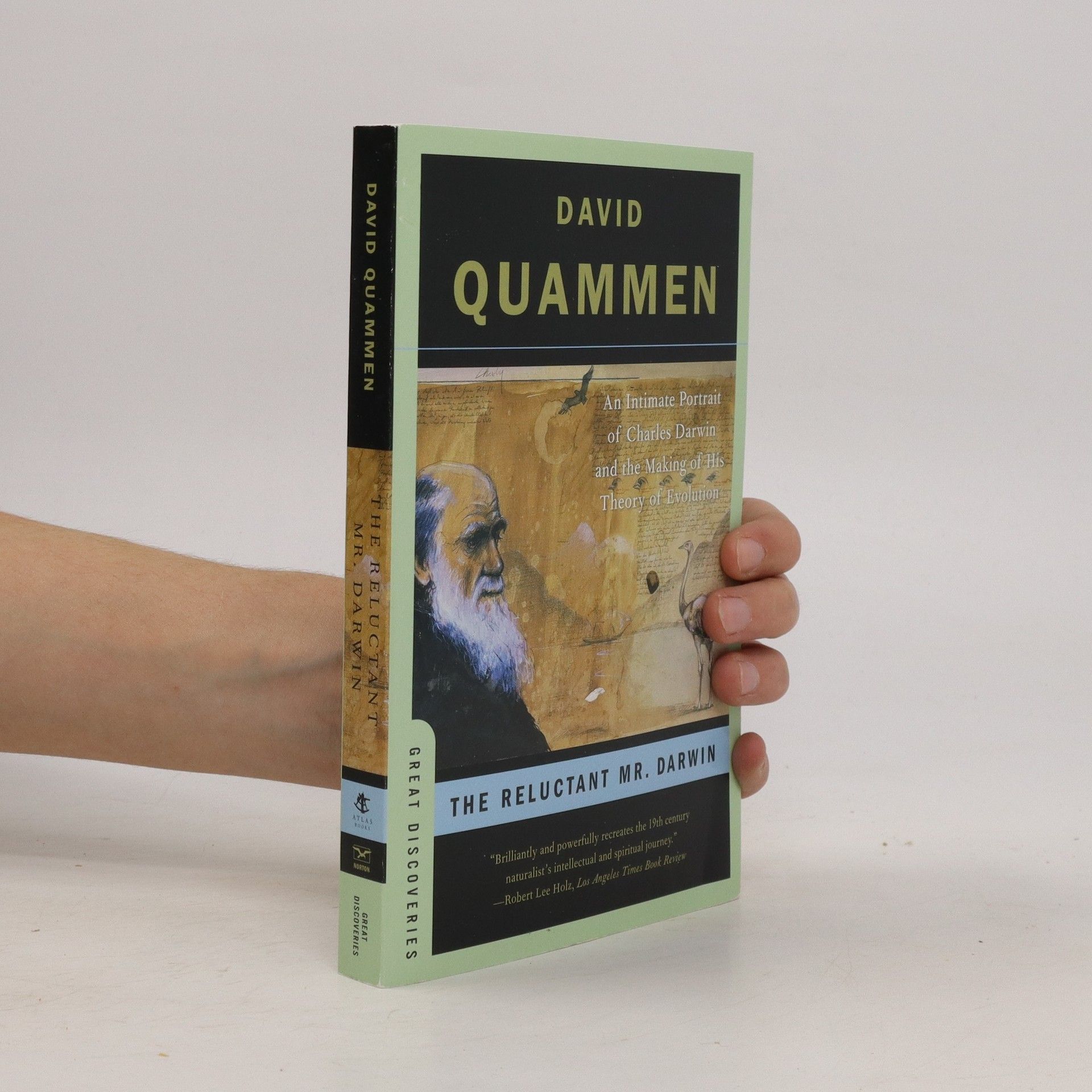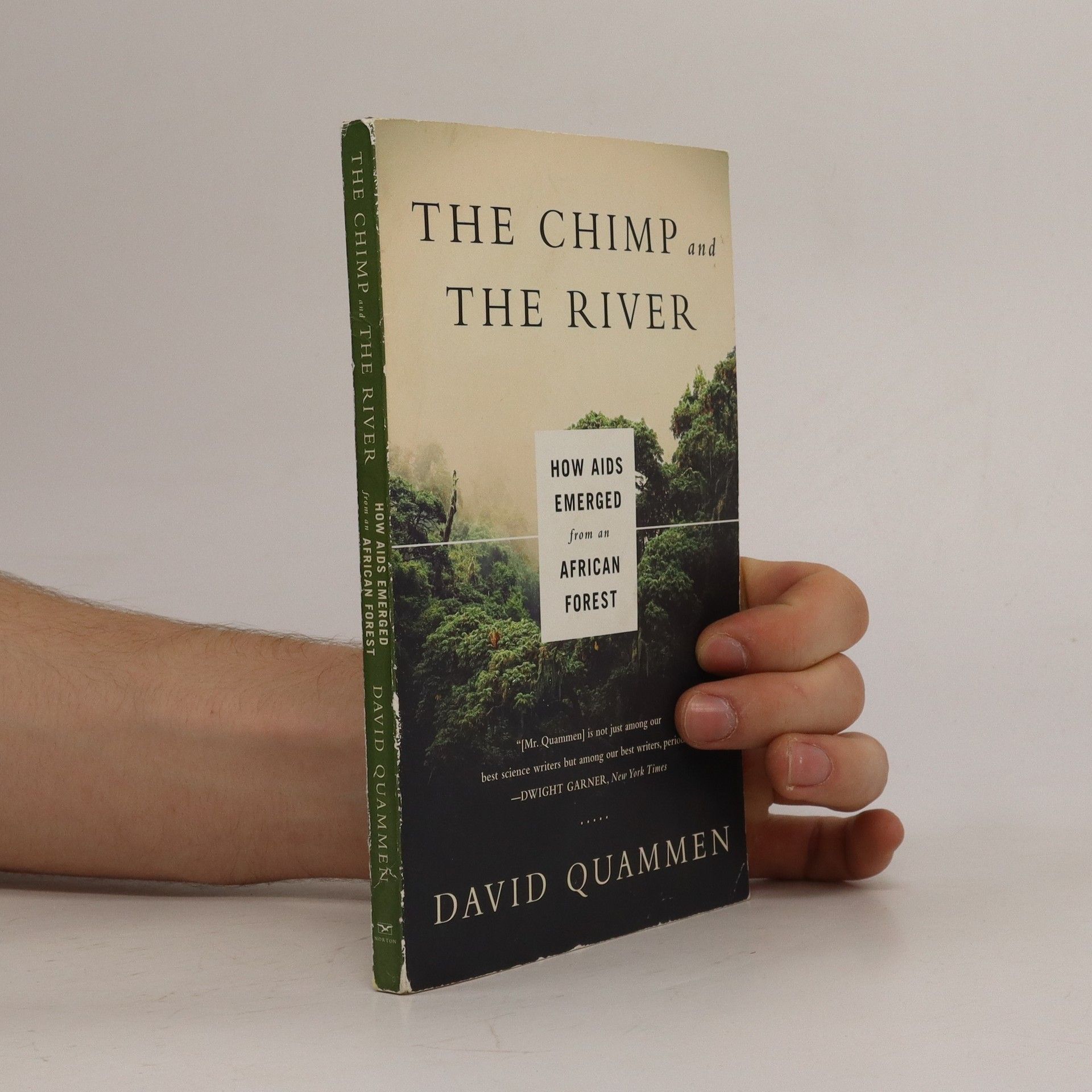The Heartbeat of the Wild
Dispatches from Landscapes of Wonder, Peril, and Hope
- 352 pages
- 13 hours of reading
The collection features a series of essays where David Quammen examines the intersection of civilization and the natural world. He delves into the complexities of coexisting with nature, highlighting the challenges and responsibilities that arise in this delicate balance. Through his travels and reflections, Quammen offers insights into the relationship between humanity and the environment, prompting readers to consider their role in preserving the natural world.




